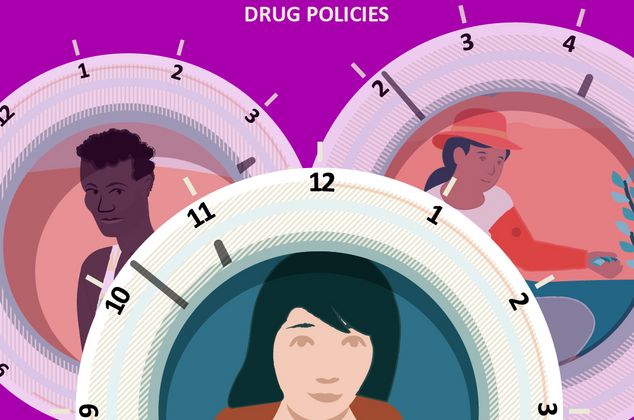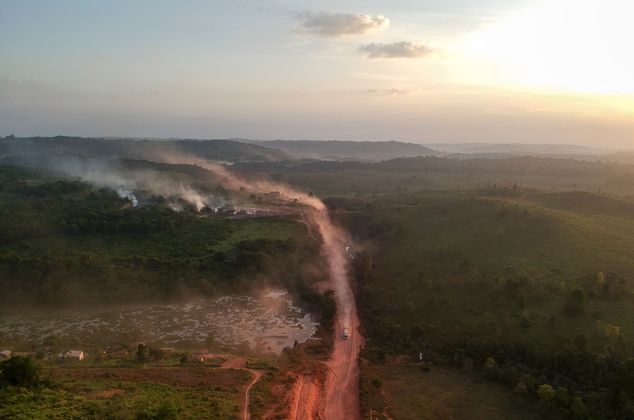Drugs and the Environment
TOWARDS A GREEN DRUG POLICY
While urgent action is being called for to combat climate change, the illicit drug economy is emerging as an important factor: Deforestation, monocultures, pollution of waters and soil as well as the high carbon footprint of inhouse cultivation, are some of the most eminent effects of illicit drug economies. It's time for drug policies to react to this. The GPDPD promotes the approach of Alternative Development with a special focus on environmental considerations and sustainability.
The environmental impacts of illicit drug economies differ depending upon the substance being produced. Consider, for example the cocaine supply chain. Often, in countries like Bolivia, Peru and Colombia, coca leaf cultivation occurs in fragile ecosystems and pristine forests, even in natural parks, causing deforestation and loss of habitats. According to the United Nations Office on Drugs and Crime (UNODC) in 2020 in Colombia the forest reservation zones and national natural parks concentrated 24% of the national coca cultivation – more than 35,000 hectares. In the same year, deforestation in the country reached 171,000 hectares. There are other causes of deforestation in the Amazon rainforest in Colombia - but coca cultivation is cited by experts as one of the main drivers of the expansion of agricultural boundaries. Illicit drug crop cultivation is the "spearhead" of this phenomenon.
And it doesn't stop at deforestation - soils and waters get polluted. Coca leaves are processed firstly into coca paste, and then into cocaine hydrochloride in small local laboratories. The precursor chemicals used in the process on a large scale end up unfiltered in the environment. The revenue generated by the illicit trade ensures that the destruction of the environment takes on even greater proportions: profits are laundered by investing in extensive cattle ranching and land grabbing, even in Latin American countries where coca leaves are not grown.
While in the international drug policy debate the connection between environmental problems and the illicit drug economy is increasingly being noticed and addressed, the Federal Ministry for Economic Cooperation and Development (BMZ) has promoted sustainable income alternatives in drug crop-growing regions for decades. The environmental aspects of drug markets and policies are essential for the development-oriented drug policies promoted by the GPDPD. GPDPD finances studies on the subject, identifies and implements green development measures in its country-level activities and also puts the nexus between environmental and drug policies on the agenda in the international debate.
HOW THE GPDPD PROMOTES GREEN DRUG POLICIES
- During the 64th Commission on Narcotic Drugs (CND) in 2020, the GPDPD hosted the side event “Illicit drugs and the environment”. The purpose was to acquaint the CND with the nexus of drug markets, other illicit economies and the environment. Co-hosts were UNODC, the Global Initiative Against Transnational Organized Crime (GI-TOC), the London School of Economics (LSE), the Fundación Ideas para la Paz (FIP), and the Universidad de los Andes.
- In its projects in Colombia, the GPDPD identifies and practices measures that show that alternative development and environmental protection belong together in order to sustainably counter the cultivation of illegal crops. The projects focus on forest reserves and natural parks. They include instruments such as payments for ecosystem services and seek to use resources as naturally as possible, for example through agroforestry. These measures are implemented jointly with UNODC, FIP and Universidad de los Andes.

More on the topic:
Take a look and download these graphics: Environmental impact of cocaine production.
Brombacher, D., Garzón, J.C., Vélez M.A. (Ed.): “Illicit Economies and Development”, Special Issue, Journal of Illicit Economies and Development (JIED), LSE Press, 2021

